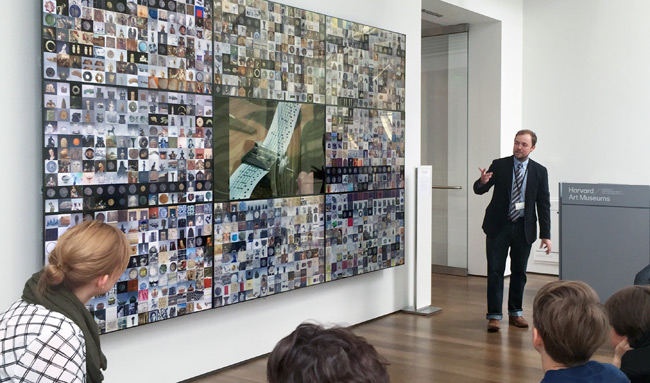In this article, Tara McPherson asks the very pertinent question, ‘Why are the digital humanities so white?’, considering the histories of race and computation; however, McPherson argues for a dialogic relationship between these histories, identifying parallels between them, and equally asking, ‘why American studies is not more digital’ and the potential benefits of this.
By analysing the designs of our technological systems that emerged in post-World War II, McPherson is able to consider how this computational culture has affected the shape of our discussions surrounding race. McPherson draws parallels between the digital world and the social world, focusing initially on the 1960s within the US, which saw the creation of operating systems such as MULTICS and subsequently UNIX, and which coincided with the civil rights movement. Despite the seeming lack of interrelatedness between the two histories, McPherson argues how they intertwine with and co-constitute one another.
This reading draws upon some of the questions raised in our discussions last week, regarding the appropriateness of certain digital artefacts in rendering quite sensitive topics, such as that of slavery. Similarly, McPherson argues how technologies from XML to databases are not ‘neutral tools’ and we need to be aware of how these origins in the digital can have huge ramifications in our social world, impacting the organisation of knowledge production that operating systems such as UNIX help to disseminate across the world.
Essentially, McPherson conveys how the racial organising principles that governed social relations in the United States at this time are reflected at the level of the technological organisation of knowledge; McPherson identifies an ‘epistemological shift’ that is relevant to both the digital and social world. Racial organising principles had material effects, as there was a tendency within the US to increasingly isolate urban black poor communities, for example in the cases of Detroit and New Orleans, and to subsequently neglect these cities. Furthermore, this material element is reflected rhetorically by the emergence of a ‘race-blind’ rhetoric, marking a shift from overt to more covert modes of racism, as indicated by the discourse of liberal ‘color blindness’. Thus, the organising principles of social relations essentially work to partition race off, to contain it; a similar logic is reflected in the structures of digital computation.
McPherson uses ‘lenticular logics’ as an analogy for the racial paradigms in the post-war era, delineating a lenticular way of organising the world; ‘A lenticular logic is a covert racial logic, a logic for the post-civil rights era’ . McPherson subsequently relates this to the design philosophies and cultures of computation noted in operating systems such as UNIX; the lenticular logic is paralleled with the ‘Rule of Modularity’ at UNIX. This structure for coding mimics the basic elements of the lenticular approach to the world, working to break a system into varying degrees of interdependence and to hide the complexity of each part behind an abstraction and interface (much like covert racism). This replicates the worldview that is evident in the separation and discarding of certain cities with high black populations in a way that doesn’t effect the ‘whole’.
McPherson’s analysis raises important questions that we must consider for the future, for we are already complicit in these modes of computation and forms of knowledge production, ways of envisioning and structuring the world around us. These principles of modularity are equally evident in the overspecialisation of universities over time. Thus, an increasingly interdisciplinary approach is paramount, as we need to develop shared languages and practices to bring together these two seemingly disparate fields, for computers and cultures are deeply intertwined whether we are consciously aware of it or not.
Bibliography:
McPherson, Tara. ‘“Chapter 9: Why Are the Digital Humanities So White? Or Thinking the Histories of Race and Computation”’. Debates in the Digital Humanities, https://dhdebates.gc.cuny.edu/read/untitled-88c11800-9446-469b-a3be-3fdb36bfbd1e/section/20df8acd-9ab9-4f35-8a5d-e91aa5f4a0ea#ch09. Accessed 25 Jan. 2022.



